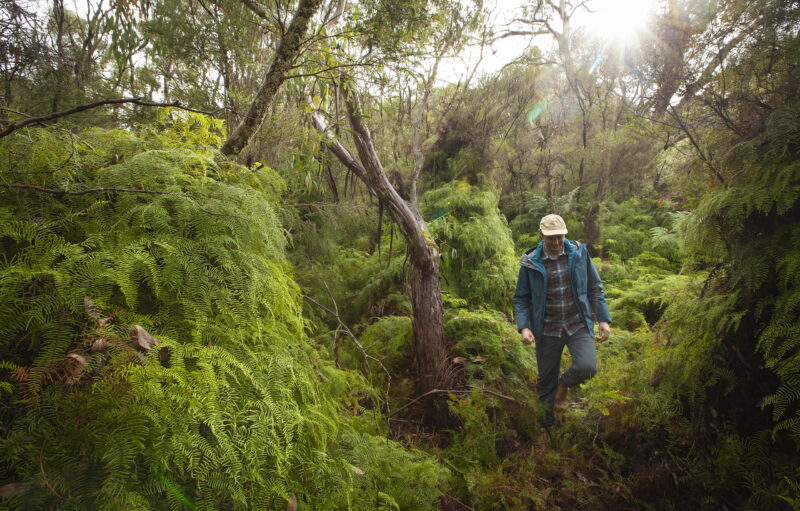PARK WATCH Article September 2025 |
Shannon Hurley, Nature Conservation Campaigner, on recent changes to the proposed Port of Hastings project
The Victorian Renewable Energy Terminal (VRET) at the Port of Hastings has cleared its first major hurdle. The Albanese Government has declared the project a ‘controlled action’, triggering the next stage: detailed investigations into impacts on Western Port’s protected wetlands. This will guide their final decision: approve the project or protect the Bay’s habitats.
What’s changed since the VRET proposal was rejected in 2024?
The biggest concerns are the massive dredging and wetland destruction from land reclamation. After the initial rejection, the Port redesigned the project to reduce its impact on the Bay’s natural web of life. The revised plan cuts land reclamation by 35 per cent to 16.5 hectares and slashes dredging by 70 per cent to 525,000 cubic metres of seabed sediment.
Getting the science right
The Port has done studies to support its renewable energy terminal proposal. These follow state planning rules and requirements, that cover marine life protection under state and federal law.
Good science is crucial – but major gaps remain. Environmental assessments often ignore habitat-wide effects. The Western Port investigations must go deep enough to understand this complex, interconnected web of life.
We know more than we used to, but there are still big holes in our knowledge:
- Baseline science and monitoring – Without proper baselines, we can’t measure true impacts.
- Dredging impacts – Key data on seagrass light conditions is missing, tropical comparisons are misleading, and suspended sediment above 2 mg/L could cause serious harm.
- Noise impacts – Long-term effects on marine mammals are unstudied. Up to 18 months of pile driving could disrupt fish, squid, sharks and whiting.
- Critical wildlife overlooked – School shark nurseries, Crawfish Rock, seagrass diversity, and microphytobenthos that support vital bird habitats.
- Birds and connectivity – Destruction of vital migratory bird habitat and poor understanding of habitat connectivity raises red flags.
Despite these gaps, the Port claims impacts will be small, localised, and won’t harm the protected wetland’s integrity. We believe this is misleading – without understanding the full impact the Terminal will have on the Bay’s nature, such claims can’t be verified.
What happens next?
The key question: can this project proceed without unacceptable impacts on the wetland? With current knowledge gaps, it’s not clear.
VNPA will keep working with the Port – through submissions and our Community Reference Group participation – so all impacts are properly understood. Any measures must make sure that habitat restoration that protects the wetland trumps simple ‘environmental offsets’.
From the start, we’ve asked why Western Port was chosen for this terminal. While bits of information have emerged, a proper comparative risk assessment of alternative sites is still missing.
We know a confidential cabinet report ranked Geelong a close second, but it remains secret despite our calls to make the report public.
A holistic, science-led roadmap for Western Port Bay
The revised proposal reveals a critical gap: Western Port has no strategic plan to balance nature conservation and sustainable development.
This goes beyond nature – it’s about governance, community trust, and the Bay’s future. With growing pressures from shipping, pollution, and climate change, we need coordinated planning to avoid ad-hoc decisions and missed opportunities.
VRET data could kickstart proper marine planning so that looking after marine and coastal landscapes, community values and sustainable development work together.
We’re calling for $1.2 million to establish our Western Port Bay Framework. Backed by Traditional Custodians, tourism, local businesses and conservation groups the Framework sets out clear steps and solutions to defend the bay from inappropriate development, pollution and climate change.
From Eastern Curlews in sea grass meadows to salty mangrove flats, Western Port Bay is a rich natural tapestry. We need to see nature-positive standards that keeps this tapestry safe and supports responsible development.
- Read the latest full edition of Park Watch magazine
- Subscribe to keep up-to-date about this and other nature issues in Victoria
- Become a member to receive Park Watch magazine in print
